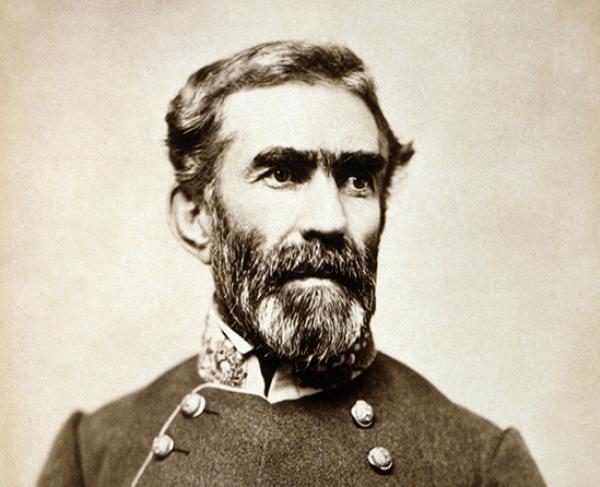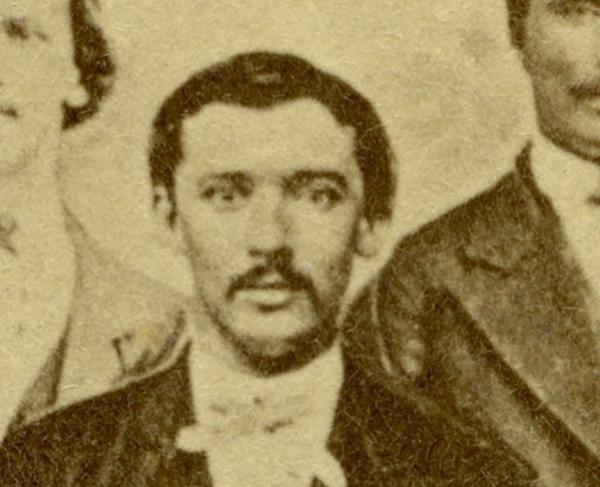Joseph J. Reynolds

The seventh child of Edward and Sarah Reynolds, Joseph Jones was born in Flemingsburg, Kentucky, on January 4, 1822. He briefly attended Wabash College in Indiana, before being appointed to West Point. He graduated tenth in the class of 1843, which included, among others, Ulysses S. Grant.
In 1845, he was sent to Mexico to serve under General and future president Zachary Taylor in the Army of Occupation. After the war, he spent time at Fortress Monroe in Virginia and the Carlisle Military Barracks in Pennsylvania, before returning to West Point to teach history and geography until 1855. He then served a tour of duty in Indian territory, before resigning to teach engineering at Washington University in St. Louis, Missouri. In 1860, he moved again, this time to Indiana, to work in the grocery business with his brother.
When the Civil War began, Reynolds was appointed as colonel of the 10th Indiana Volunteer Infantry. He also commanded Camp Morton in Indianapolis, where he trained new recruits. Soon after, he and his men were sent to Western Virginia to repulse Confederates from the largely Unionist region. His regiment played a decisive role in defeating Gen. Robert E. Lee’s first offensive of the war at Cheat Mountain in September 1861.
In 1862, Reynolds was promoted to first brigadier general, then major general. He commanded a division in the XIV Corps of the Union Army of the Cumberland at the Battles of Chickamauga and Chattanooga—later serving as chief of staff of the Army of the Cumberland. He also helped defend New Orleans in 1864, as a division commander in the XIX Corps Army of the Gulf. As the war drew to a close, he was appointed to lead the Department of Arkansas, before being transferred to command the subdistrict of the Rio Grande.
In September 1867, he was assigned to the Department of Texas or the Fifth Military District, headquarters at Galveston. He angered many former Confederates by appointing many Republicans and Unionists to state offices, especially before the arrival of his superior, Democrat Winfield S. Hancock. He further enraged many Texans when he organized a voter registration that disenfranchised many former Confederates. In March 1869, President Ulysses S. Grant named him as commander of the Fifth Military District. This appointment inspired him to run for Senate in Texas, but in the process of trying to court both moderate and Radical Republicans, he split the party and lost crucial support. In April 1870, his political career formally ended when the military occupation of Texas came to an end.
In 1872, Reynolds returned to the military to fight in the wars against the Plains Indians. He led a campaign against the Sioux and Northern Cheyenne on the Powder River in Montana, which ended in 1876 with a failed attack on a Cheyenne encampment. This debacle led to a court-martial and his resignation a year later. He died in Washington, D.C., on February 25, 1899, and is buried in Arlington National Cemetery.
Help the Trust save 161 acres across consequential Western Theater battles — Fort Heiman and Fort Henry, Brown’s Ferry/Chattanooga, Spring Hill, and...
Related Battles
88
120


